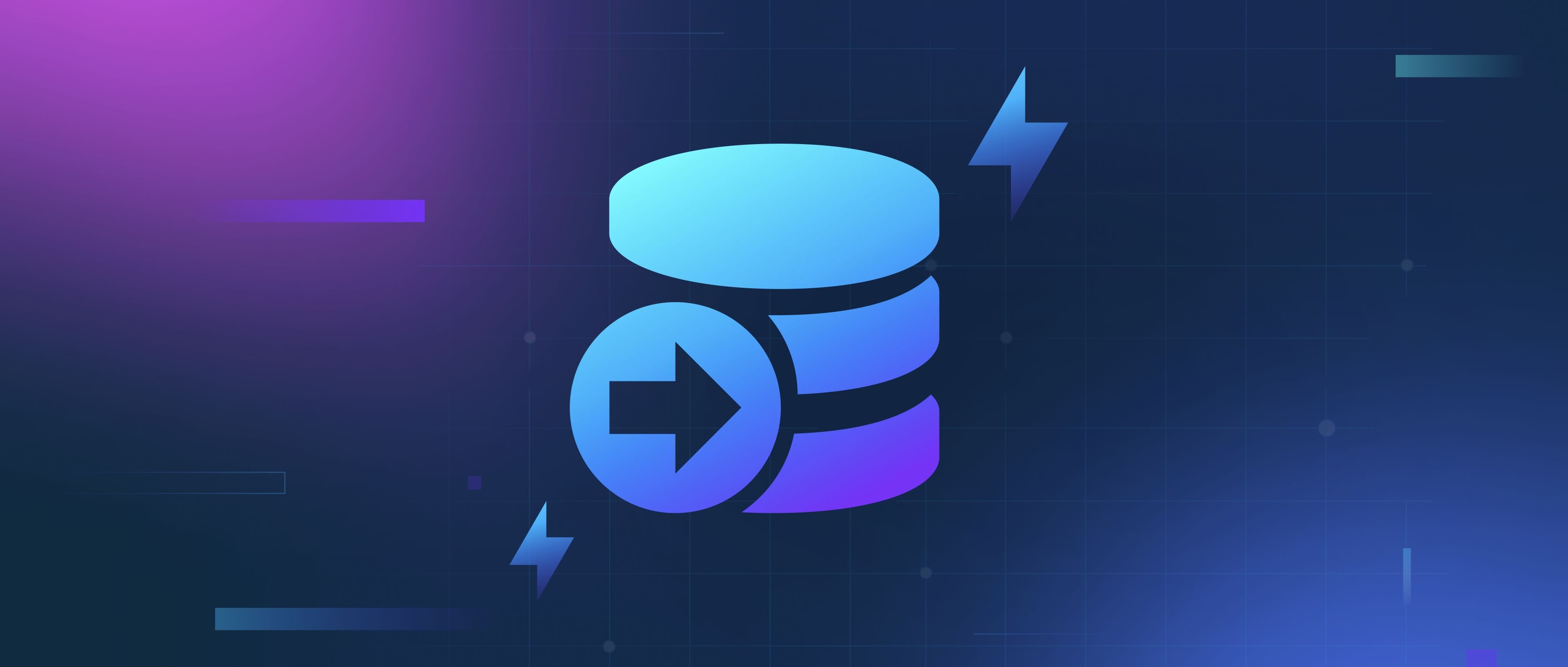Self-supervised learning is a method of training machine learning models using unlabeled data, allowing them to learn useful representations without the need for manual labeling. This approach typically involves creating a learning task from the data itself. Popular self-supervised learning methods include contrastive learning, masked language modeling, and image colorization, among others.
Contrastive learning focuses on learning representations by contrasting similar and dissimilar instances. For example, in image processing, a model might take two augmented versions of the same image and learn to recognize them as similar while distinguishing them from unrelated images. Notable frameworks like SimCLR and MoCo apply this principle effectively, achieving impressive results in various image classification tasks without needing extensive labeled datasets.
Another widely used method is masked language modeling (MLM), especially relevant in natural language processing. In this approach, random words in a sentence are masked, and the model learns to predict these masked tokens based on the context provided by the surrounding words. BERT (Bidirectional Encoder Representations from Transformers) is a prominent example of this technique in action and has been instrumental in improving the performance of various NLP tasks, such as sentiment analysis and question answering. Overall, self-supervised learning methods are valuable tools for developers looking to make the most of their data without extensive labeling efforts.
